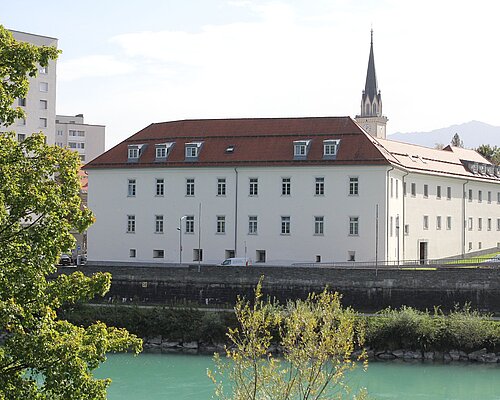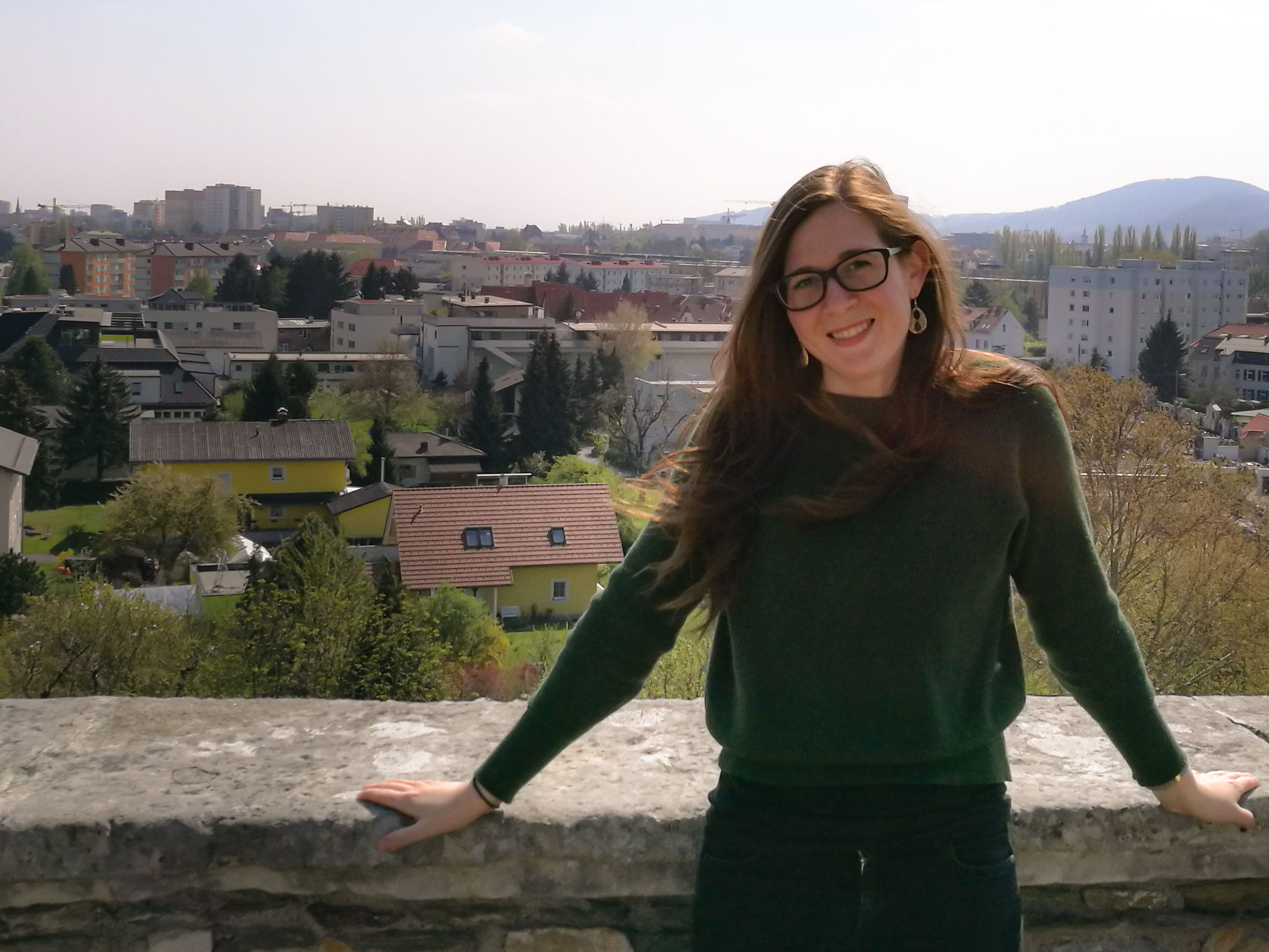GET TO KNOW VILLACH – PART 2: IMPORTANT LANDMARKS OF THE CITY CENTER

Villach is a city with history — and you can visibly see it. The walls, facades, and towers of numerous historic buildings in the center tell stories of times gone by.
After the first part of the blog series “Discover Villach,” which took a look at the city’s history, part two now focuses on significant buildings and landmarks of Villach’s city center. The following short videos about the city’s most important points of orientation tell stories of trade, faith, mobility, hospitality, and the constant transformation of the city on the Drau River over the centuries.
THE VILLACH TOWN HALL – OLD AND NEW
The listed Villach Town Hall in the heart of the city center is now the seat of the city administration. Originally, however, it was located at Kaiser-Josef-Platz — where the Chamber of Labour stands today:
THE MAIN TRAIN STATION AS A CONNECTION TO THE WORLD
With the opening of the Southern Railway Station — today’s Villach Main Station — in 1864, Villach became an important transport hub. The new station brought industry, travelers, and new ideas to the city and boosted its economic upswing:
THE BAMBERG CASTLE
Once the seat of the Bamberg administration, this historic castle was investigated archaeologically and architecturally from 2001 to 2003, revealing some exciting discoveries:
THE EVANGELICAL CHURCH
Completed in 1903, the Evangelical Church is the youngest in Villach but architecturally no less interesting than the older places of worship:
THE DRAU BRIDGE
Today an everyday piece of infrastructure and a landmark of Villach, the Drau Bridge was once crucial for trade and the city’s development. Its significance is already evident from the earliest documented mention of Villach:
THE FORMER PARKHOTEL
The traditional Parkhotel is now a central event venue in Villach and a piece of lived city history — before World War I, it was considered one of the most magnificent grand hotels of the Habsburg monarchy:
THE NIKOLAI CHURCH
The current Nikolaikirche once belonged to the Capuchin monastery built in 1629 outside the city gates. The order was brought to Villach during the Counter-Reformation by the Emperor and the Bishop of Bamberg:
THE OLD FIRE STATION AT HANS-GASSER-PLATZ
Since 1865, Villach has had a volunteer fire brigade association. On the occasion of its 25th anniversary, the city’s first fire station was inaugurated at Hans-Gasser-Platz — complete with a distinctive hose drying tower. Even today, the statue of the firefighter recalls the building’s former function:
THE VILLACH BREWERY
Beer has been brewed at today’s Brauhausgasse site since 1624. Originally, there was an inn with brewing rights; later, Jakob Fischer took over the operation. In the 20th century, the brewery received its current name — since then, Villacher beer has been an integral part of the city’s history:
Whether it is the station, bridge, or church — each of these buildings tells a chapter of Villach’s history and shapes the cityscape to this day. But it’s not only the landmarks that make a city; the various streets and squares where urban life unfolds also have a lot to tell. The third part of the blog series will take a closer look at these urban spaces.
